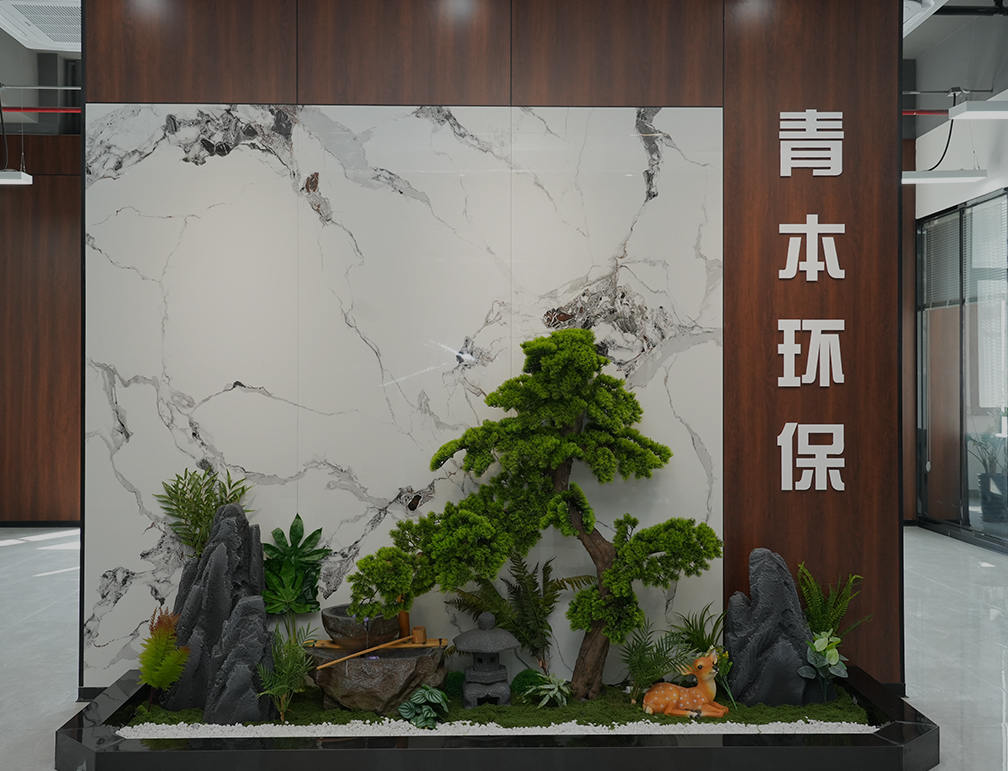The integrated dosing device is a fully automatic dosing device that integrates dissolution and dosing of ingredients. The combined design of a dry dosing machine and heating settings can reduce agglomeration. The dosage and water inlet volume can be adjusted according to the needs, and the liquid medicine with the required concentration can be prepared at will. When the powder level is low, an automatic alarm will occur. The material of the tank body can be selected according to the needs.
The manual dosing device is suitable for situations where the dosage of medicine is small and there are staff present. It is easy to install and the dosing is simple and easy to operate. The barrel, dosing pump, electric control box, pipe fittings, etc. are all integrated to facilitate installation and transportation. The material of the tank can be selected according to needs.
The screw conveyor is used to transport the dewatered sludge to the loading location after the sludge dehydration equipment is installed. It consists of a U-shaped trough, a feed hopper, and a cover plate. It consists of a spiral body, a lining plate, and a driving mechanism. Fully automatic electrical protection can realize joint control with the sludge dehydration system. It is fixed with expansion bolts for easy installation. The groove is lined with wear-resistant materials to effectively reduce noise. The length and angle of the feed hopper can be customized as required.
The sludge bucket is mainly used in the sludge dehydration room. The dehydrated mud cake is collected and stored in it. After reaching a certain amount, the valve at the bottom is opened through control and the mud cake is unloaded onto the truck for transportation. There are two doors at the bottom of the sludge hopper. The sludge is collected and discharged by controlling these two doors. The sector door is controlled by a cylinder or an electric push rod.
ZL rotary drum filter is designed for small and medium-sized urban or industrial sewage treatment plants. It can continuously and effectively screen out solid suspended matter in water. It is mainly used in sewage pretreatment or industrial sieving processes. Some types of sewage are processed through The screen can remove 30% to 60% of organic or inorganic suspended solids, greatly reducing the subsequent processing load.


Just say hello and we'll start a fruitful collaboration. Start your own success story.
In the sewage treatment industry, sludge treatment supporting equipment, as the core carrier for achieving sludge reduction, harmlessness and resource utilization, builds a complete wastewater treatment closed loop through technical integration and functional synergy. From precise dosing of reagents to efficient transfer of mud cakes, each device plays an irreplaceable role in a specific link, and jointly promotes the intelligent evolution of sludge treatment. Qingben Environmental Protection Technology Co., Ltd. is based on the research and development of sludge and wastewater treatment equipment, and specializes in providing sludge treatment supporting equipment.
As a key equipment in the sludge treatment link, the integrated dosing device integrates the dissolution, metering and addition of reagents into a skid-mounted platform through modular design. Its core lies in the use of dry powder heating anti-caking technology, combined with the adjustment of the dosage of reagents and the water flow rate, to ensure their dynamic adaptation. For small sewage treatment plants or emergency treatment scenarios, manual dosing devices are ideal choices due to their compact structure and simple operation. This type of device integrates the reagent barrel, plunger pump and control unit into a mobile cart, and can complete the dosing of reagents without professional operators. It not only reduces equipment costs but also avoids drug crystallization blockage, and is particularly suitable for intermittently operated decentralized treatment sites.
After dehydration, sludge transportation relies on screw conveyors to achieve fully enclosed transportation. The equipment adopts a variable pitch screw shaft design for transportation. The sludge hopper is used as a storage device to achieve batch transportation of mud cakes through pneumatic or electric control.
The coordinated operation of these devices builds a complete sludge treatment ecosystem: the drum filter first intercepts large particles, the dosing device accurately adjusts the sludge characteristics, the dehydration equipment realizes solid-liquid separation, and the conveyor and sludge hopper complete closed transportation. With the deep penetration of Internet of Things technology, data intercommunication is achieved between devices through the Modbus protocol, forming an intelligent closed loop from water quality perception to drug dosing optimization, and promoting sludge treatment to the "unmanned and fully controllable" intelligent stage.